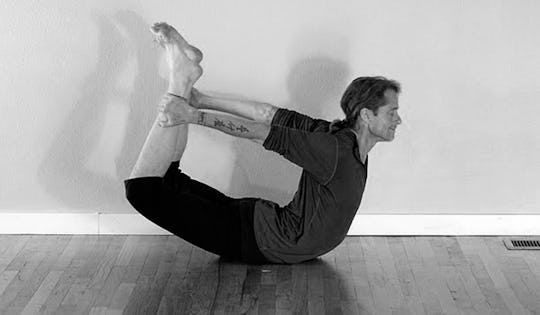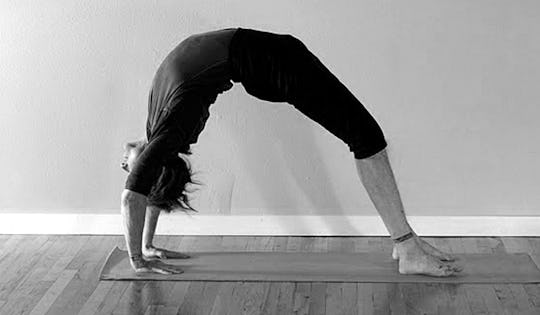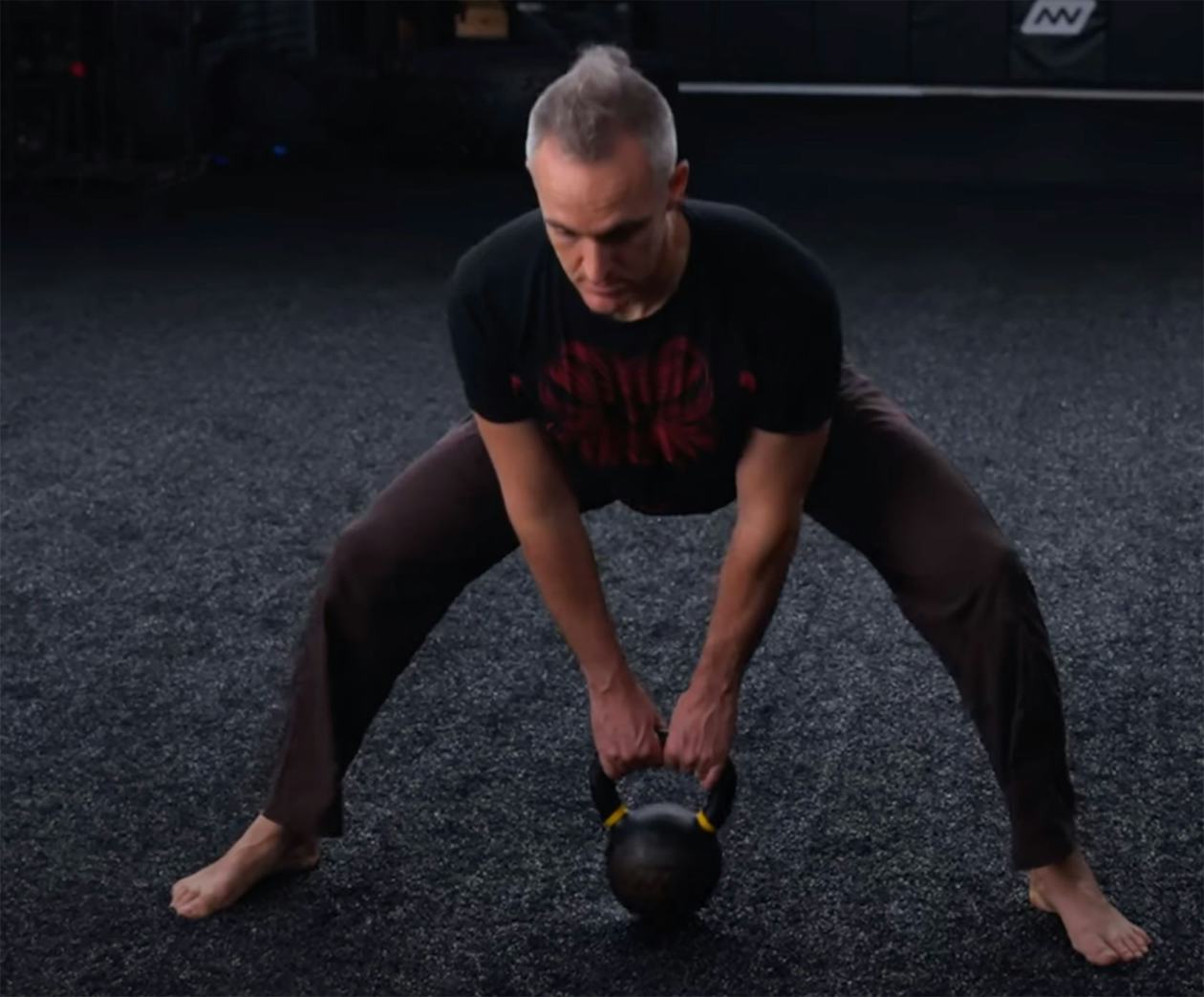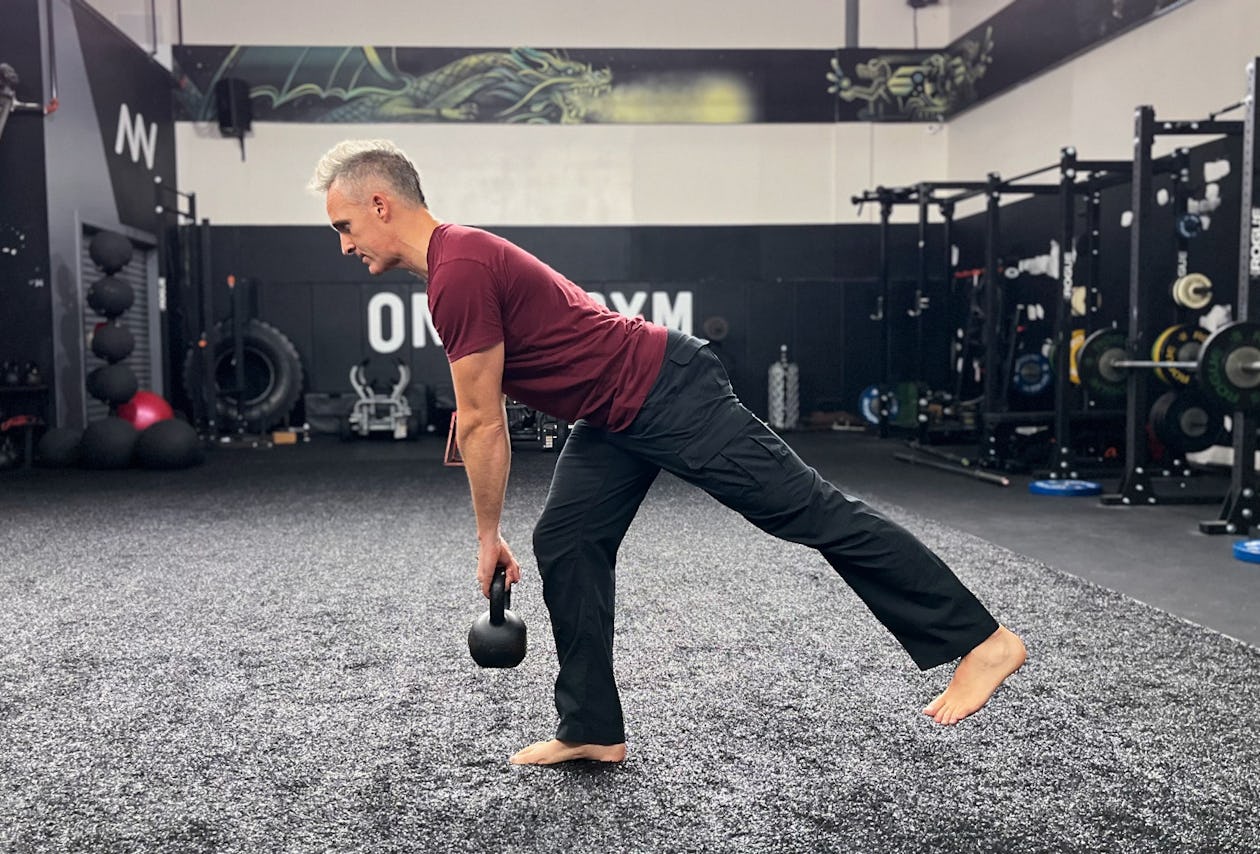These days we’re all familiar with yoga: from magazines to television to friends and family, yoga’s become a standard part of our culture.
And yet, many of us still think of it as “stretching” when in fact yoga is far more than that, as evidenced by the fact that elite athletes from NFL stars to Ultramarathon runners have found it to be an invaluable addition to their training.
In fact, properly practiced, yoga can improve every part of your performance, from endurance to power to speed, while also promoting overall health and wellness. In this article, we’ll take a look at what yoga can give you, as well as the basics of a regular practice.
A Background and Foundation In Yoga For Athletic Performance
We all know that yoga, much like the martial arts, is part of an ancient and deep tradition. In their quest for greater self-knowledge, the yogis realized our physical state deeply influences both our mood and mental capacity.
They found that by practicing the physical postures of yoga, they could become more peaceful and in turn achieve greater focus.
They also found by returning the body to its natural state that they could dramatically improve physical capacity, part of why many of today’s top athletes consider it a staple in their training.
The Athletic Performance Benefits Of Yoga
Of course, if you’ve looked at a few yoga videos or articles, you might be skeptical about the benefits; obviously, even the most intense yoga routine doesn’t compare with something like interval training or deadlifts.
This is true and part of why, even as a teacher and practitioner, I still include things like sandbag training, hill sprints, and sledgehammer work in my routine.
The point is not that yoga can replace conventional (or unconventional) training, but rather how it can enhance it.
By improving not only flexibility but also posture, body mechanics, and awareness, yoga can make every form of training you do more effective and efficient. In my experience, a regular yoga practice can give you the following and more:
Increased Power
We all know power, strength, and speed are directly related to proper body mechanics: when our body is properly aligned, we can transmit force much more efficiently and perform better across the board.
Whatever your sport, by returning your body to its optimal alignment, yoga can help you reduce power leakage in your deads and cleans, improve running gait and efficiency, and help you punch, jump, or throw more explosively.
Better Endurance
By opening posture, yoga significantly increases respiratory capacity; in fact, many have overcome asthma and other respiratory conditions through regular practice. Obviously, this is invaluable to athletes.
Yoga has also been proven to dramatically enhance circulation, digestion, and efficiency of motion, which all further improve energy and endurance.
Better Balance/Proprioception
Along with opening the body, yoga builds greater body awareness, including balance, stability, and proprioception. As a result, not only is performance enhanced but our training becomes far more efficient.
Better Injury Prevention
Of course, we all know that the one thing that stalls progress even more than inadequate training is an injury.
By improving body mechanics and awareness, yoga dramatically reduces the risk of injury, both in training and competition, in turn increasing competitive longevity and allowing more consistent progress in our sport.
Enhanced Recovery
A little-appreciated but significant benefit for athletes is improved recovery. By enhancing circulation and lymphatic flow, yoga not only increases strength and endurance but also allows muscles to process metabolic byproducts more quickly, powerfully speeding healing time and re-growth.
Improved Focus
Finally (and perhaps most important of all), regular practice dramatically enhances our clarity and focus. Why does this matter?
As Ultraman world-champion, Rich Roll states, “When you look at the highest level of sport, all athletes are incredibly talented and train extremely hard.
So what distinguishes the Olympic champion from the ’also-ran?’ The mind.” Practiced regularly, yoga can give you the awareness and mindfulness you need to take both your training and your performance to the next level.
Of course, the list goes on and on. In addition to the above, yoga’s been clinically proven to improve immune function, balance hormonal balance and improve stress management, all extremely beneficial to athletes.
Put together; you can see why so many professionals have come to consider yoga every bit as indispensable to their training as strength or conditioning.

“But I’m Too Stiff to Do Yoga¦.”
This is a point you may be thinking: “All this is great, but the fact is that I’m too stiff to do yoga.” As a teacher, I’ve heard this countless times, in fact, I used to think it myself. But the reality is the opposite: the tighter we are, the more we can benefit from yoga.
In fact, yoga teacher Richard Freeman calls it “the Blessing of Stiffness,” meaning that the tighter we are, the easier we can experience a stretch and the quicker we benefit from practice (even if it’s basic).
The key is to keep it simple: just like lifting, sometimes the variety of yoga can be overwhelming, especially if we assume “more advanced” means more results.
In our tradition, we believe the variety is there not to be “mastered,” it is there so we can find the poses that fit us.
For example, a more experienced practitioner might use Bow or Wheel to open the torso while a beginner might find that Cobra is plenty. In other words, we don’t need “hard” poses to experience these benefits, particularly at the start.
Now that you know what yoga can do for you, even if you happen to be less flexible, let’s take a look at the basics.
Athletic Performance Benefits of Yoga: 7 Forms of Movement
Just like we can breakdown weight-training into key categories (e.g., lift, push, pull, etc.), in yoga we believe there are seven basic forms of movement that are vital to health and performance and that we try to include each session:
â Standing Poses – Build leg-strength as well as flexibility in the hips and
hamstrings.
â Balancing Poses – Increase body awareness, stabilization, and proprioception.
â Backward Bends – Improve posture, respiration, digestion, and elimination.
â Forward Bends – Promote health of posterior chain and help balance autonomic
nervous system.
â Inversions – Improve immune function and enhance circulation in legs.
â Arm Balances – Build core and upper-body strength and improve balance/body-
awareness.
â Twists – Improve posture, shoulder-mobility, respiration, digestion, elimination,
and health of spine and nervous system.
Much like the “food groups,” we use these forms of movement to build our program, making sure to include at least a pose or two from each group whenever we practice.
Just like you might find certain vegetables agree with you more than others, or that deadlifts fit you better than back squats, in yoga, one backbend might work better than another.
We feel that it’s good to find what works for you, gradually deepening over time.
Likewise, depending on where you hold tightness or feel your health and performance could be improved, you might increase the number of poses or length of time in a given area.
In short, as we deepen our practice, we gradually build a “toolbox” of poses that fit both our bodies and our goals.
Athletic Performance Benefits of Yoga: Key Principles
Along with the basic categories of movement, there are a few simple principles that can guide you in your routine. When in doubt, the following will assure you progress in a constructive way:
â Standing Poses – Build leg-strength as well as flexibility in the hips and hamstrings.
â Consistency Beats Volume – The first key is that practice doesn’t need to be long; 10-15 minutes daily is plenty and better than 90 minutes once a week. Daily is ideal, but 3-4 days a week is fine. Likewise, time in each pose can be brief: 20-30 seconds being sufficient, especially
at the start. An excellent approach is to hold each pose for five slow breaths: as you become more proficient, the breath will become deeper, and in turn, you’ll hold each pose a little longer.
â Mindfulness Beats Intensity – As athletes, it’s not uncommon to approach yoga with the idea “more/harder is better,” but in this case the opposite is true, our muscles respond far better to “gentle persuasion” than force. Also, remember the primary goal of yoga is building mind-body communication which we can’t do if we’re “forcing it.” In yoga, we often use the expression: “Effort but no strain,” very similar to Pavel Tsatsouline’s idea of training to a “comfortable stop.” Bottom line: like any exercise, we want to challenge ourselves enough to grow but not so much that we’re breaking down rather than building up.
â Active Respiratory Openness – Another guiding principle is “active openness.” In all our poses, even forward bending poses or twists, our torso can be more “closed” or “open.” Obviously, when we’re more open we can breathe more fully, so within each pose we try to engage
the core and “lengthen” the torso, again, a skill that directly translates to better energy and power during sports performance.
â Short-Term Quality, Long-Term Variety – Taking an analogy from nutrition, we all know that many foods are “highly-nutritious,” but we also know that we don’t have to eat every one of them every meal. In fact, we tend to digest better and get greater benefits if we spread them out. Yoga is the same; by focusing on “quality work” in a few poses each session and varying our selection over the course of the week, we can be sure our bodies are getting the movement they need in a form that’s “easily digestible” for us.

Athletic Performance Benefits of Yoga: Yoga Workouts
Given these principles, what does a basic practice look like? Obviously the details of the poses takes a bit more space than an article like this can cover, but below is an example of a routine, including poses for basic, intermediate, and more advanced practitioners.
To learn more, a class or private session is great or if you’ve got good body-awareness, you can learn what you need from a book, dvd, or website. Check the end of this article for some good resources.
Again, even “experienced” students might include the basic poses below and simply add more challenging poses in the areas where it fits them. Likewise, as we advance we often hold poses longer, particularly inversions and strength poses.
| Category Of Motion | Beginner | Intermediate (Add or Substitute) | Advanced (Add or Substitute) |
|---|---|---|---|
| Standing Poses | Warrior II or Triangle | Warrior I or Wide Stance Forward Bend | Extended Angle or Revolved Triangle |
| Balancing | Tree or Warrior III | Lord of the Dance or Eagle | Crescent Moon or Standing Hand-to-Foot Pose |
| Backward Bend | Cobra or Half Locust | Bow or Camel | Wheel or King Pigeon |
| Forward Bend | Seated Forward Bend | Wide Base Seated Forward Bend | Crane |
| Inversion | Shoulder Stand | Headstand | Handstand or Scorpion |
| Arm Balance | Plank | Crow or Scale Pose | Peacock |
| Twist | Lying Spinal Twist | Seated Half Spinal Twist | Seated Full Twist |
This is just a starting point; the classic texts of yoga state that there are literally thousands of poses and variations, but in our tradition we feel the above is a solid beginning from which to expand and grow.
Moving Beyond: Suggestions and Resources
Again, for building a practice, classes or private sessions are usually the easiest approach; the key is finding a style that fits you.
It can be helpful to know that some traditions are more athletic and intense while others are more meditative and relaxing; find what fits your body and compliments your training.
Likewise, be sure to shop for an instructor you like; if a teacher’s style doesn’t match yours, odds are that it’s going to limit your experience.
Take your time to check around, meet teachers, have them describe their style, and remember that if one doesn’t fit, there are many others out there.
Of course, if you happen to be more of a “self-starter,” books and websites really are also excellent option. Here are a few you might check out: www.YogaJournal.com, Light on Yoga by BKS Lyengar, Yoga the Lyengar Way by Silva Mehta, and The Sivananda Companion to Yoga.
Whatever approach you take, the main thing is take your time and trust your body as the “ultimate authority,” listen to it and you’ll do each pose the right way for you.
With consistent practice, you too can experience better performance, improved health, and greater peace of mind, whatever your sport and whatever your degree of flexibility. Give it a try (no spandex required)!



